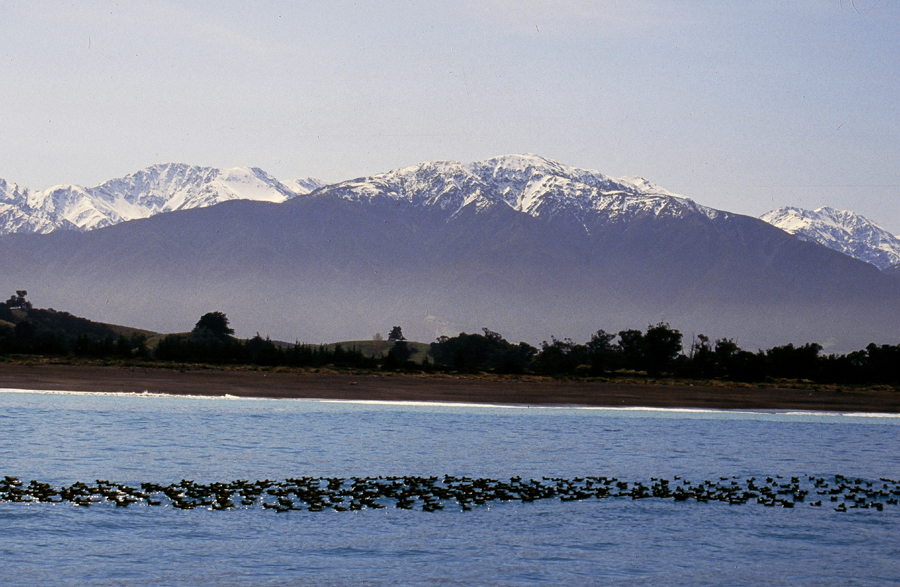Souped-up security for shearwaters

Photo courtesy of the Department of Conservation
Our re-homed Hutton’s Shearwaters will soon be enjoying top notch security.
The splinter population was successfully transplanted to this seaside spot over the last few years by DOC and Forest & Bird after concerns were raised about the precarious nature of their two predator prone mountainside colonies.
Now, local conservationists are swiftly moving into stage two – creating a gated community.
Normally gated communities get a bad rap, but in this instance it’s a necessary measure to protect these threatened species from cats and stoats.
After vigorously fundraising (read: soliciting donations, raffles, art auctions and countless funding applications) the Hutton’s Shearwater Trust has stumped up the $200,000 for a 1.8 metre high predator proof fence that will enclose an area of 2.1 hectares.
In the coming months, the fence will be erected, and then the Trust will move onto their next project – mapping the exact movements of these mysterious international travellers.
It is known that Hutton’s shearwaters frequent the oceans off Western Australia, but is not known exactly how they get there and where they stay before returning to Kaikoura.
The Trust is going to attach geolocators to some birds to collect light levels (mainly sunset/sunrise) thus allowing researchers to figure out their flight-path and winter feeding grounds.
Next season another project will see some birds fitted with GPS trackers to determine summer feeding grounds off the Canterbury/Marlborough coast.
And with this kind of information, researchers will be armed with a bigger picture showing not only their migration routes and feeding grounds, but also the threats (e.g., set nets) that are present in these areas.
If you wish to contribute to funding these projects, please contact admin@huttonsshearwater.org.nz
